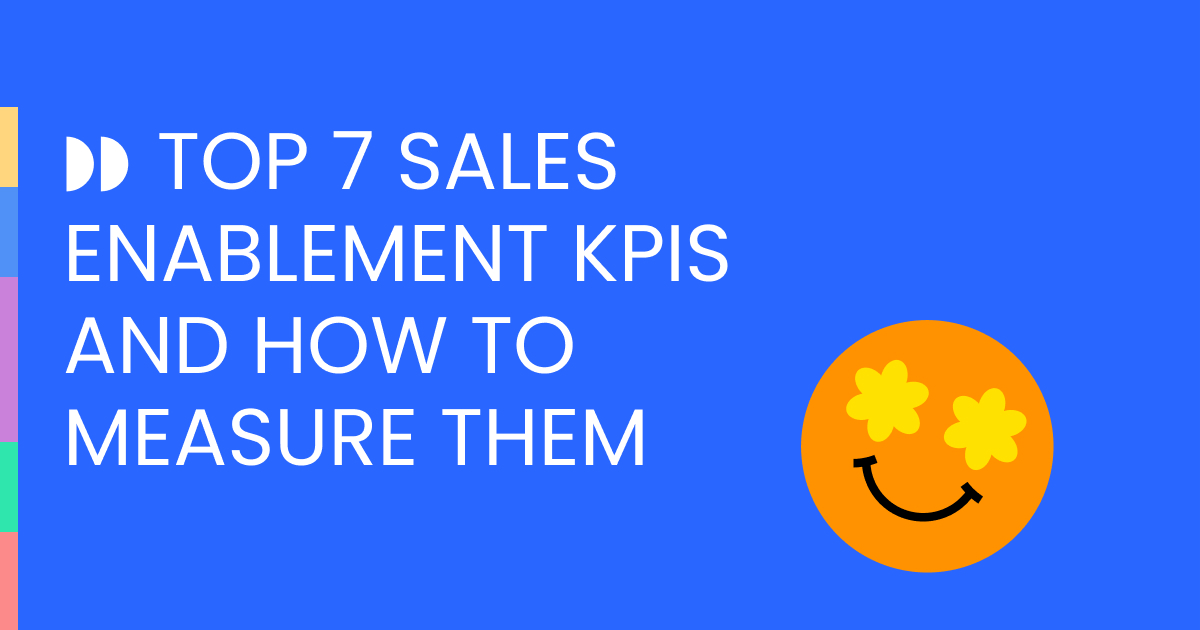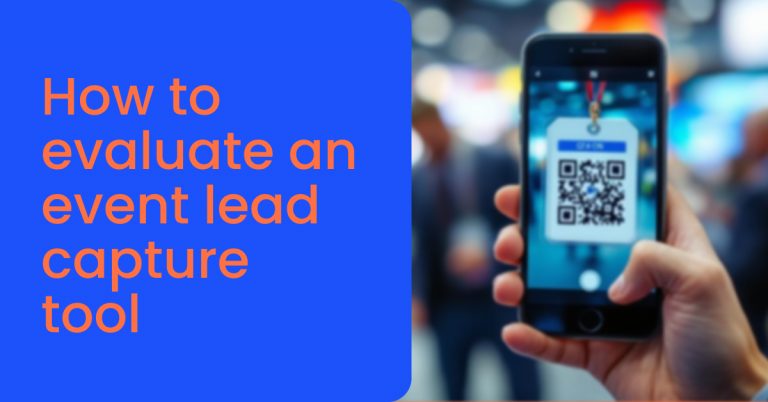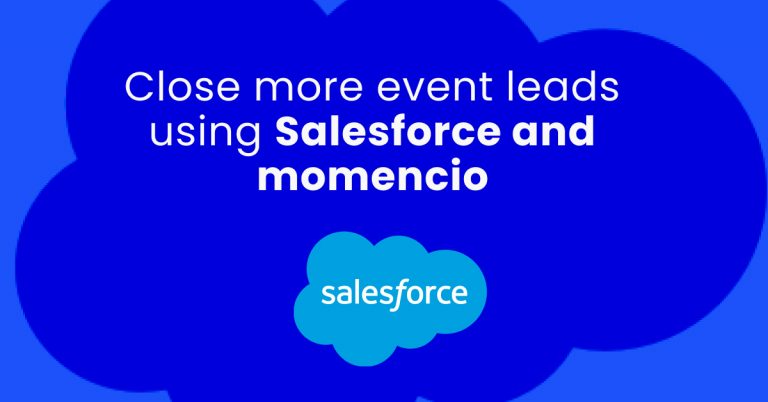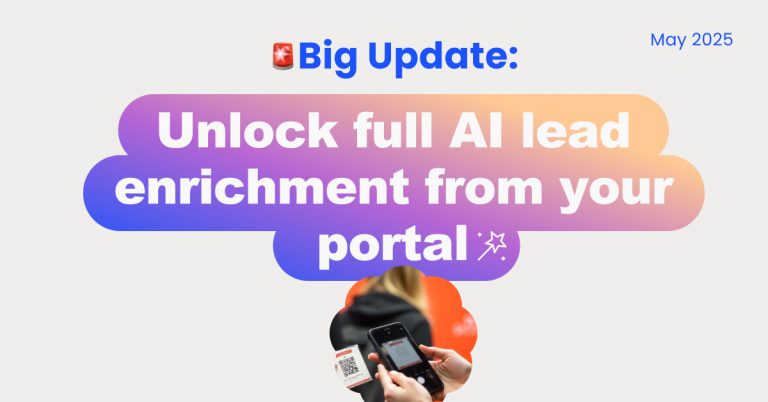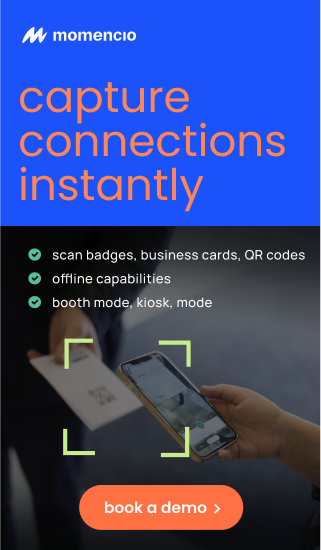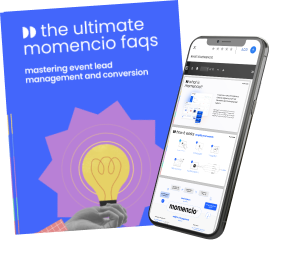Nowadays, businesses are actively trying to empower their sales team by utilizing sales enablement strategies. According to Gitnux, Google searches for “Sales Enablement” have gone up by 51.2% year over year. However, having a strategy in place doesn’t give desired outcomes alone. You need to correctly measure their effectiveness to check what’s working and what’s not. That’s where sales enablement KPIs help you.
By tracking the right sets of KPIs, you can gain insights into the efficacy of your sales enablement strategies and collect big data to make informed decisions. All this helps you capture more leads and close deals efficiently. In this write-up, we’ll discuss some crucial sales enablement KPIs you must track to achieve intended outcomes.
TL;DR: Track the effectiveness of your sales enablement strategy with these seven key performance indicators (KPIs). Learn how to measure content usage, lead conversion rates, sales cycle length, and more to ensure your sales enablement efforts drive measurable results.
What is sales enablement and its KPIs?
Sales enablement gives the sales team the necessary resources to improve productivity and drive more sales. These resources can be sales tools, training, and knowledgeable content that guide and help your sales team throughout the sales cycle. 84% of sales reps win their quotas when their employer incorporates the best sales enablement strategy.
Sales enablement increases revenue, trains sales reps, and drives better business outcomes.
Typically, sales enablement KPIs are the metrics that allow you to measure the efficiency and productivity of your sales enablement strategies. You can use these key indicators to measure sales enablement success and identify areas for improvement.
These KPIs are similar to sales KPIs as both have the same goal—to capture more leads and revenue. However, sales KPIs focus on measuring the performance of the sales team, while sales enablement KPIs measure the effectiveness of sales enablement strategies within an organization.
Top sales enablement KPIs to track
Here are some top Sales Enablement KPIs you should track to see whether you are on the set track or not:
1. Customer acquisition cost
Customer acquisition cost (CAC) is a crucial metric that helps businesses understand the cost involved in acquiring new customers. It allows you to evaluate the effectiveness and efficiency of your marketing and sales efforts. CAC is an important KPI to measure as it tells you about the overall profitability of your business. Here are the things that go into Customer Acquisition Costs:
- Sales and marketing team costs or expenses
- Creative, publishing, and production costs
- Inventory maintenance
It would be best if you tracked CAC to monitor customer lifetime value and your average payback period. Additionally, it also aids you in determining if your marketing ROI is enough compared to your investment and the overall success of your sales enablement efforts. Here’s how you can calculate it:
Customer acquisition cost = Total cost of sales & marketing / Number of customers acquired
2. Customer lifetime value
Customer lifetime value (CLTV) is a KPI that measures the value a customer brings to the business throughout their relationship. It’s among the critical sales enablement KPIs and helps you identify whether your sales team is putting efforts into acquiring and retaining the right customers. This is exceptionally important for lead capturing.
You can also get information about the value each customer brings to the company over time. This information can then guide marketing and sales strategies and optimize customer acquisition efforts. Here’s how you can calculate the CLTV:
CLTV = (Customer value) x (Average time a customer stays or Customer lifetime) x (Purchase frequency)
You can calculate the customer value by determining the average purchase value and then multiplying it by the average number of purchases.
Let’s say you run an online subscription-based business that sells a product for $50 per month. On average, your customers purchase monthly and stay subscribed for two years (24 months). Your average purchase value is $50, purchase frequency is 1, and customer lifespan is 24 months. Put these values in the formula, and your CLTV will be $1200.
3. Churn rate
Churn is another crucial sales enablement KPI defined as the number of customers who stopped doing business with your company over a specific period. It can be in different forms, such as not returning to repurchase the product or canceling subscriptions. The ideal churn rate is 5% or less; if it goes 10% or above, it’s alarming for your business. A high churn rate means you are losing valuable customers and potential recurring revenue. But, it can vary based on the sector you’re working in.
With the help of the customer churn rate, you can identify whether or not your sales time is delivering on its promises. You can use the observed data to make your services more engaging and increase Customer Lifetime Value, reducing the churn rate. Let’s check the formula to calculate the churn rate:
Churn rate: Lost customers / Total customers at the start of the period x 100
4. Sales cycle time
Sales cycle time is the average duration of sealing a deal, from the initial contact with a prospect to the final sale. The overall duration required to finalize a sale allows you to estimate sales figures depending on the leads in your sales pipeline. This enables you to project your future revenue, which is vital in developing a good business strategy. Here’s how you can calculate the total sales cycle duration:
Sales cycle time = Total number of days it took to close all deals / Total number of deals
For instance, if you closed two deals, one took 20 days and the second took 30 days, your sales cycle time will be:
Sales cycle time = 20+30 / 2 = 25
5. Quota attainment
Quota attainment is one of the sales enablement KPIs that measure sales representatives’ performance, whether they’ve met assigned sales quotas or targets within a specific period. If a sales rep has reached all their quotas and generated enough leads, they have completed their quota.
However, if they’ve only worked on half of their goals, they have only achieved 50% Quota Attainment. Understanding this KPI ensures you are aware of the performance of your sales team and how well they do lead capture. According to SPIFF, 67% of companies believe completing the sales quota is the best indicator of your sales team’s performance. Here’s the formula to find your Quota Attainment:
Average quota attainment = Actual sales / Total sales quota × 100
Your obtained average Quota attainment will be shown as a percentage.
6. Customer satisfaction rate
Customer satisfaction rate (CSAT) refers to customers’ satisfaction or contentment with your company’s products or services. A CSAT indicates that customers are happy with their purchases, are likely to become repeat customers and remain loyal to the company.
Additionally, it implies that your sales enablement efforts, including sales training, content, etc., have effectively met the customers’ expectations. To get information about customer satisfaction, the sales enablement team can arrange polls or surveys. You can also ask customers to rate your products or services on a scale of 1 to 10 to get a better idea. Here’s the formula for CSAT:
CSAT = (Number of satisfied customers) / (Total number of customers) x 100
7. Content efficacy
Content efficacy is one of the sales enablement KPIs that measure the effectiveness of the content provided to sales teams. It gives you insight into how well the content supports the sales process. You get to know whether it helps sales representatives engage with prospects, address their needs, and close deals.
Tracking content efficacy ensures that your sales enablement efforts are aligned with the sales team’s goals. You can easily track your content effectiveness by collecting feedback from your sales team or tracking revenue.
Conclusion
Sales enablement KPIs are essential to ensure your sales enablement strategies are helping you generate the desired outcomes. It also enables you to identify whether or not your products are resonating with the target audience and whether you are getting leads. However, if you want to capture potential event leads, momencio is here to help! We help you engage and follow up with your leads like never before so you can convert them immediately.
Not only this, but our lead capture app provides you with real-time analytics so that you can target leads at the right time. So, if you’re looking to streamline your lead capture processes, join us today!

FAQs
- How does momencio help track sales enablement KPIs?
- momencio provides real-time analytics, including metrics like customer engagement, lead conversion rates, and content performance. These insights enable you to evaluate the effectiveness of your sales enablement strategies and optimize them for better results.
- Can momencio measure content efficacy?
- Yes, momencio tracks how your content is used during events and follow-ups. It provides data on which assets were accessed, for how long, and how leads interacted with them, giving you actionable insights into your content’s impact on the sales process.
- How does momencio assist in reducing churn rates?
- momencio helps reduce churn by enabling meaningful follow-ups and personalized engagement. By tracking lead interactions and providing detailed insights, momencio ensures that your team delivers value at every touchpoint, enhancing customer satisfaction and loyalty.
- Does momencio integrate with CRMs to streamline sales enablement?
- Absolutely! momencio integrates seamlessly with popular CRMs, allowing you to transfer lead data, monitor engagement, and track KPIs like quota attainment or customer lifetime value within your existing sales infrastructure.
- Can momencio help improve sales cycle time?
- Yes, momencio optimizes the sales cycle by enabling faster lead qualification and follow-ups. Its real-time analytics and automated processes ensure your team can close deals more efficiently.
- How does momencio contribute to customer satisfaction?
- momencio enhances customer satisfaction by delivering personalized engagement, timely follow-ups, and insights-driven interactions. These features ensure that customers feel valued and their needs are addressed promptly.
- What unique insights can momencio provide to support KPIs like customer acquisition cost (CAC)?
- momencio offers detailed data on lead sources, engagement metrics, and follow-up success rates. These insights allow you to pinpoint the most cost-effective strategies for lead generation and customer acquisition.
